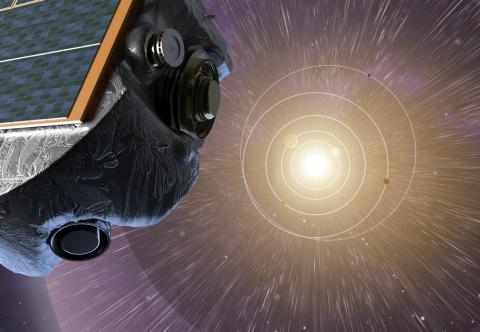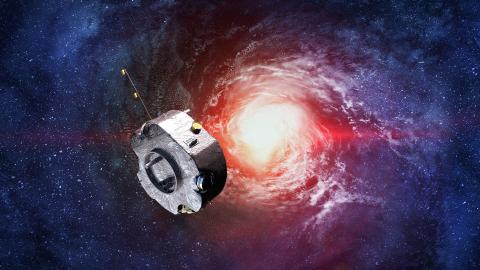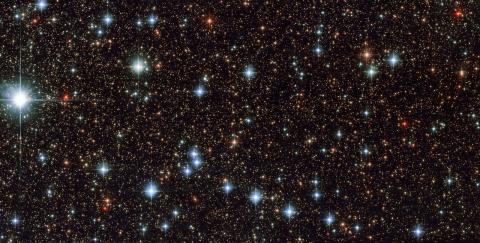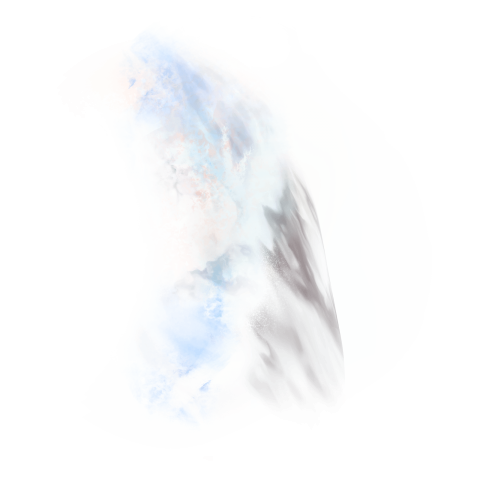Studying the Edge of the Heliosphere
NASA’s Interstellar Mapping and Acceleration Probe (IMAP) mission, which APL is building in partnership with Principal Investigator David McComas of Princeton University, will explore our solar neighborhood, called the heliosphere — decoding the messages in particles from the Sun and beyond our cosmic shield.
Mission Instruments
Advancing designs built to study energetic particles around Earth and Saturn, IMAP-Ultra will image energetic particles from the edge of the solar system, providing detailed visuals of what happens when the Sun’s solar wind meets interstellar space. IMAP-Ultra is one of 10 instruments that will be included on the spacecraft.







